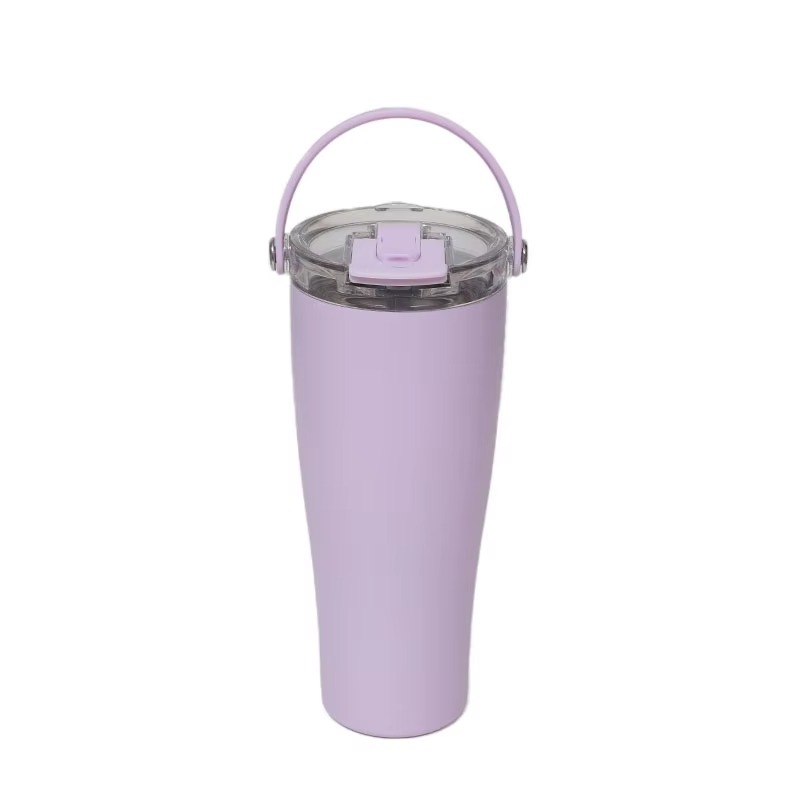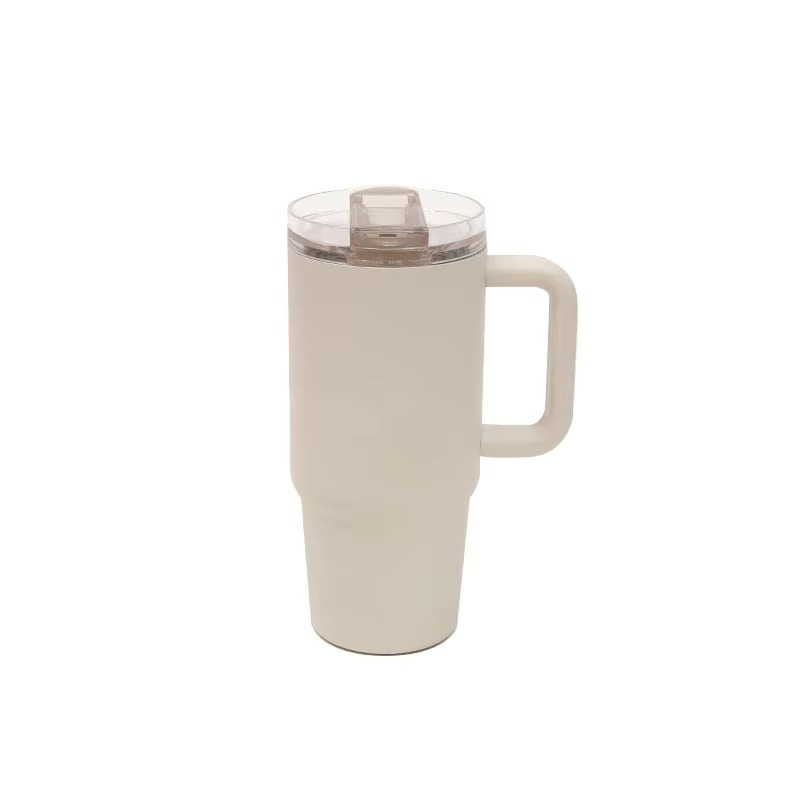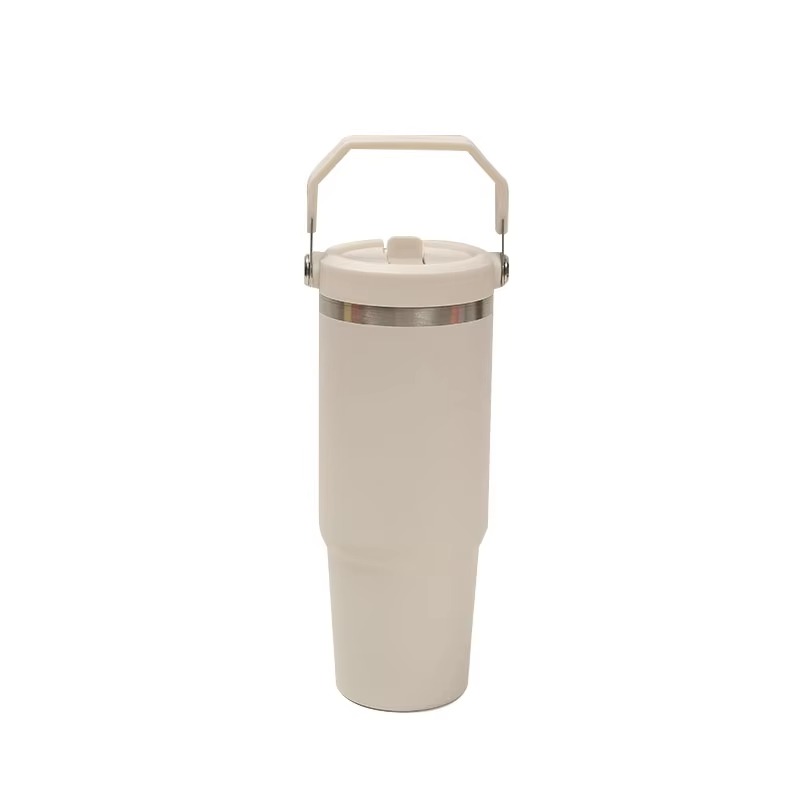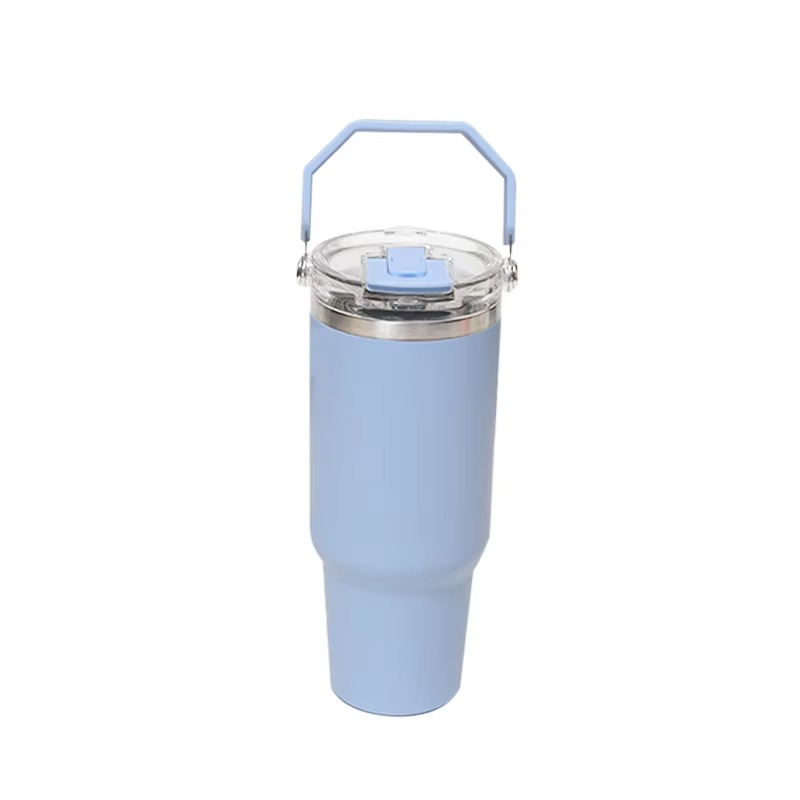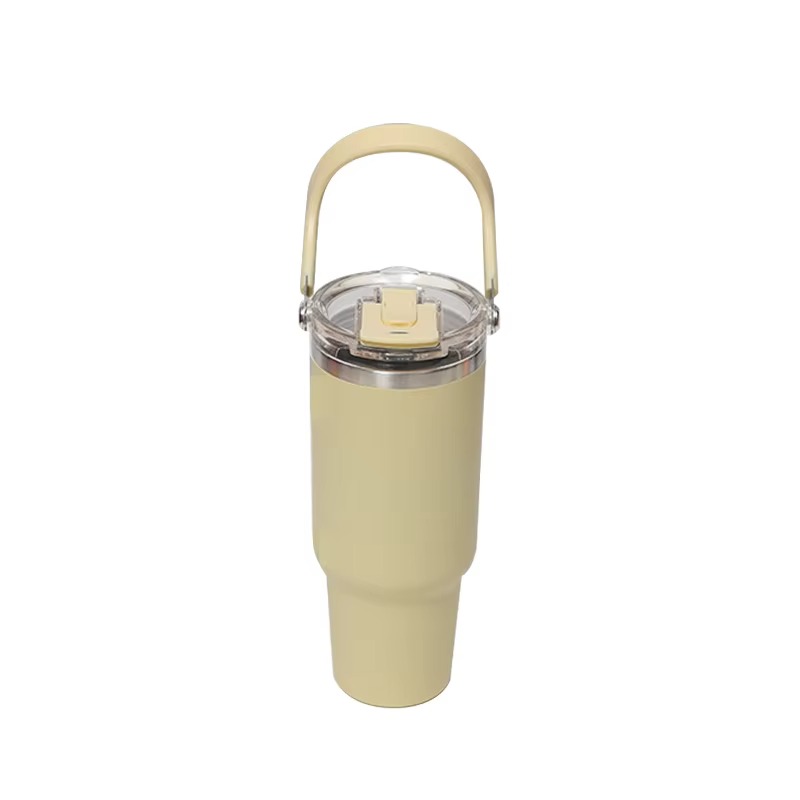In the daily landscape of commuters, students, and fitness enthusiasts, the stainless steel water bottle has become a prominent accessory. More than just a vessel for carrying drinks, it has emerged as a symbol of a conscious lifestyle, representing a shift towards sustainability, durability, and personal well-being. The rise of the stainless steel water bottle is a story woven from practical benefits, environmental awareness, and evolving consumer preferences.
The fundamental appeal of a stainless steel water bottle lies in its robust functionality. Crafted from materials like food-grade 304 or 316 stainless steel, these containers offer a notable level of durability. They resist dents and damage from typical daily use, maintaining their structural integrity over many years. A key feature driving their popularity is effective insulation. Double-wall vacuum insulation technology creates a barrier that significantly slows heat transfer. This allows a high-quality stainless steel water bottle to keep beverages cold for extended periods, often throughout a full day, and similarly maintain the temperature of hot drinks. This reliable performance meets the demand for consistent beverage temperature wherever one goes.
Alongside practical advantages, the environmental narrative has been a powerful force behind the adoption of the stainless steel water bottle. In a global context increasingly focused on reducing plastic waste, the reusable nature of this product presents a compelling alternative. A single stainless steel water bottle has the potential to displace hundreds, if not more, single-use plastic bottles over its lifetime. This direct contribution to waste reduction resonates strongly with a growing segment of consumers who make purchasing decisions with environmental impact in mind. The long-lasting nature of a stainless steel water bottle supports a circular economy model based on reuse, contrasting with the single-use paradigm of disposable containers.
The cultural ascent of the stainless steel water bottle is also significant. It has transitioned from a niche utilitarian item to a mainstream lifestyle product. Available in a vast array of colors, finishes, sizes, and designs, the modern stainless steel water bottle serves as a form of personal expression. It is a common sight on office desks, in gym bags, and attached to backpacks. This visibility reinforces its role as a daily companion for hydration. Furthermore, the use of a stainless steel water bottle is often linked to health and wellness trends, encouraging individuals to drink more water by making it conveniently accessible and appealing.
The manufacturing process for these products also continues to develop. While the core material remains stainless steel, attention is increasingly paid to the entire supply chain. Efforts are made to incorporate recycled stainless steel content into new bottles, further lessening the environmental footprint from raw material extraction. Surface coatings and designs are refined to enhance scratch resistance and overall longevity, ensuring the product remains a reliable part of a user's routine for an extended period.
Looking forward, the position of the stainless steel water bottle in the market appears secure. Its success is built on a powerful combination of tangible utility, environmental benefit, and personal appeal. As consumers continue to prioritize products that offer lasting value and align with their values, the demand for the dependable stainless steel water bottle is expected to remain strong. It stands not as a fleeting trend, but as a testament to a broader preference for thoughtful, durable, and sustainable everyday goods.

 English
English Español
Español русский
русский
